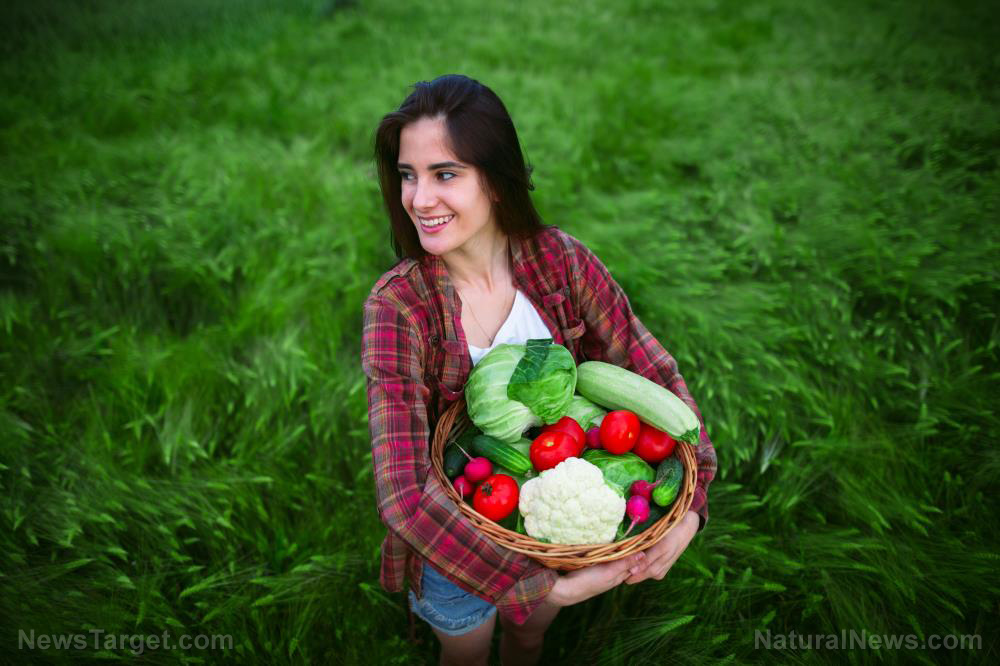
I have been preserving food for decades and know that i still have plenty to learn. Three years ago, my daughter was up in the Okanagon and stopped at a fruit stand attached to an orchard. She called us and asked if i wanted some. i checked the prices which ere not bad at all and we got a couple of items. Then i asked her to ask if they had any 'C' s avai;able for sale. That is fruit that is simply not pretty enough for ordinary sale. Hell yes! She hauled back a hundred pounds of pears at thirty cents a pound. We canned the works and are only now finishing off the last of them.
We depended on doing this to stock our freezer and cold room every year with as much as five hundred pounds of food for a family of five. It really is that easy once you decide to get serious.
What is not taked about is fermentation and that is our most underutilized system although we now see improvement. Thanks to korean kimchee we now see fresh saurcrut in Costco finally ( same thing of couse with hot spice and fish cauce.) The health NAZIs are finaly coming to their senses.
4 ways to preserve your harvest without canning
Sunday, August 15, 2021 by: Cassie B.
Tags: canning, emergency food, Food Preservation, food supply, fruit, gardening, harvest, homesteading, off grid, priority, vegetables
https://www.naturalnews.com/2021-08-15-ways-preserve-harvest-without-canning.html
(Natural News) You’ve just harvested your garden, and you’re now surrounded by more homegrown produce than you can possibly eat before it all goes bad. Canning might be the most obvious solution, but let’s face it: it’s not the easiest task. Thankfully, there are lots of great ways that you can preserve your harvest without having to invest in a big water bath pot, pressure canner, and countless jars and lids. Here’s a look at four great methods of preserving nature’s goodness.
Freezing
At the top of the list is freezing as it’s just so simple and effective. You may need to use electricity, but it’s pretty safe and easy. Wrapping up your food tightly is essential for keeping pesky freezer burn at bay; many people use food savers to help keep the air out of the packaging.
Some vegetables are best when blanched prior to freezing, such as peas, cauliflower, broccoli, carrots and asparagus. Fruit is also easy to freeze – simply clean it, pat dry, lay on a tray to freeze and then pop into freezer bags once solid.
[ i am no fan of blanching at all and we can now use air removal. Freeze corn by leaving the husk on and cutting off both ends in order to make the end product more packable. - arclein]
It’s a good idea to freeze your produce with its future use in mind. If you tend to serve it as a side, freeze it in family-sized portions, for example. If the only way you’ll ever touch a pepper is in a fajita, why not freeze a mix of peppers and onions in homemade “fajita packets” that you can thaw as needed? It’s also helpful to label everything with the contents and date.
Drying
Some foods lend themselves extremely well to drying. Crops such as onions, garlic and even potatoes can be dried, cured and stored in a cool, dark spot to make them last all winter long.
Old World Garden Farms recently shared in a blog post about how they like to dry their peppers in the oven at the end of summer and grind them down to make pepper powder and hot pepper flakes, which can then be blended to create spice blends like chili powder, taco seasonings and popcorn flavoring.
Freezer Bricks
Another method recommended by Old World Garden Farms is creating “freezer bricks”– large blocks of soups, sauces and salsas that are ready to go. If you have the time, you can chop up all your harvested tomatoes and other vegetables and cook a huge batch of pasta sauce, soup, and other sauces to freeze in individual portions that are ready to use. Choosing a flat and thin shape for your bricks means they’ll thaw quickly when you’re in a rush to get dinner ready.
Dehydrating
Dehydrating is a great way to preserve your harvest, and you do not necessarily need a food dehydrator to get the job done. In fact, putting the food in your oven at a low temperature can work quite nicely. Dehydrated produce is compact and lightweight and can be stored, well-sealed, in a cool, dark cabinet.
Dehydrated vegetables can be cooked in stews, soups, sauces, purees and dips, which rehydrates them naturally. Some, like dried mushrooms, can be rehydrated in hot water before being added to recipes. Some can even be eaten as is, such as kale chips.
Tomatoes are particularly good candidates for dehydrating. The Spruce Eats recommends cleaning the tomatoes and cutting them into bite-sized pieces before tossing in olive oil and baking on a rimmed baking sheet for around 2 to 3 hours at 200 degrees F, or until they have reduced in size by about a third.
When you have a beautiful harvest of homegrown vegetables that you know is free from pesticides, it’s a shame to let any of it go to waste. Try these simple preservation methods so you can enjoy the fruits of your labor long after the season ends.
No comments:
Post a Comment